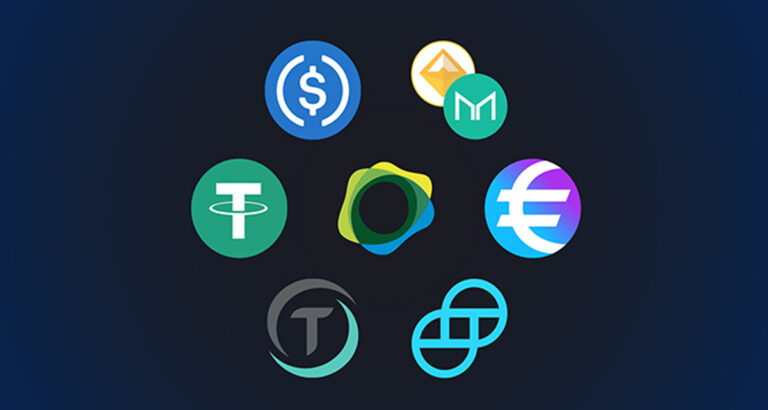Stablecoins have the biggest growth in 2021 in terms of Market Capitalization, rising over 570%. Tether remains the leader of the largest stablecoin in 2021.
Although stablecoins are seldom seen in the press because their prices do not move, it is crucial to highlight their growth this year, increasing use due to the high market.
On average, the eight largest stablecoins had a 574% growth in their market capitalization.
Some, like USDC, had an increase of 10 times, while the USDT grew more than 50 times since January 1st of this year.
This growth can be associated with the heated market of 2021 that caused Bitcoin and several other currencies to break historic highs this year.
Furthermore, decentralized stablecoins were not left behind in this race, on the opposite.
Tether is still the largest stablecoin
With a 3.66-fold growth compared to its offer earlier this year, Tether (USDT) remains the largest stablecoin on the market.
Despite this, she continues to focus on criticism owing to her objections’ lack of openness.
Perhaps because of this, another stablecoin is gaining ground in the market.
This year the USDC, managed by Circle and Coinbase, grew 10.9 times and already had 42 billion dollars in its reserves, half the size of the USDT, at 80 billion.
When we add up the supply of the eight largest stablecoins — USDT, USDC, BUSD, USDT, DAI, TUSD, USDP, and USDN — we see a growth of 574% this year.
Although they are primarily used for trading on exchanges, this growth draws the attention of governments seeking to protect their local currencies and consumers of these stablecoins.
Now regulators have to race against time to establish regulations focused only on cryptocurrencies.
The current target is stablecoins, tokens backed by fiat currencies that allow a smoother experience for cryptocurrency users.
According to the NY Times, federal agents said that stablecoins could come to be regarded as institutions that are ” too big to fail .”
After all, the issuers of stablecoins act almost like a bank, thus accelerating its intentions to create CBDCs, digital currencies of central banks.
For example, Michael Saylor, CEO of MicroStrategy, applauded the SEC’s stance on crypto actives, believing the BTC would benefit from such rules.
Today MicroStrategy is the public company with the most Bitcoin in the box, with more than 114,000 BTC in its pocket.
Decentralized stablecoins also grew.
Even though this sector is dominated by centralized stablecoins, which depend on a central entity to issue these assets and manage reserves, it is essential to note the growth of decentralized projects.
The DAI, whose backing is kept in other cryptocurrencies such as Ethereum, grew 7.8 times this year, jumping from 1.2 billion to 9.3 billion coins.
In other words, it raised more than the USDT and remained close to the USDC, which grew 10.9 times.
The TerraUSD (TUSD) algorithmic stablecoin had the highest growth.
Jumping from a measly 181 million to 9.94 billion in the last twelve months, the TUSD grew 54 times, about five times more than the DAI and the USDC.
Finally, it’s worth remembering that even WhatsApp is using stablecoins.
Earlier this month, the world’s most popular messenger introduced the USDP into its app, allowing users to send money to each other using this currency.
Although the integration was not Bitcoin, this is excellent news as industry giants such as Apple, Tesla, Twitter, Visa, and Meta (Facebook) are interested in Bitcoin and its technology payments.
The increased interest in cryptocurrency adoption by traditional businesses like social networks, payment systems, and even banks is a significant milestone for the crypto world, gradually making its way into everyone’s lives.
Even though their prices are stable, they don’t appear so much in the media.
Stablecoins are a good indication of the market sentiment for cryptocurrencies, which had a great year in 2021.




